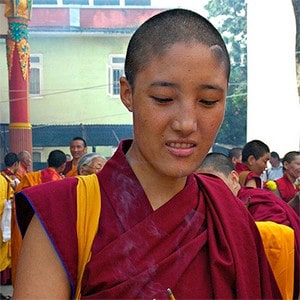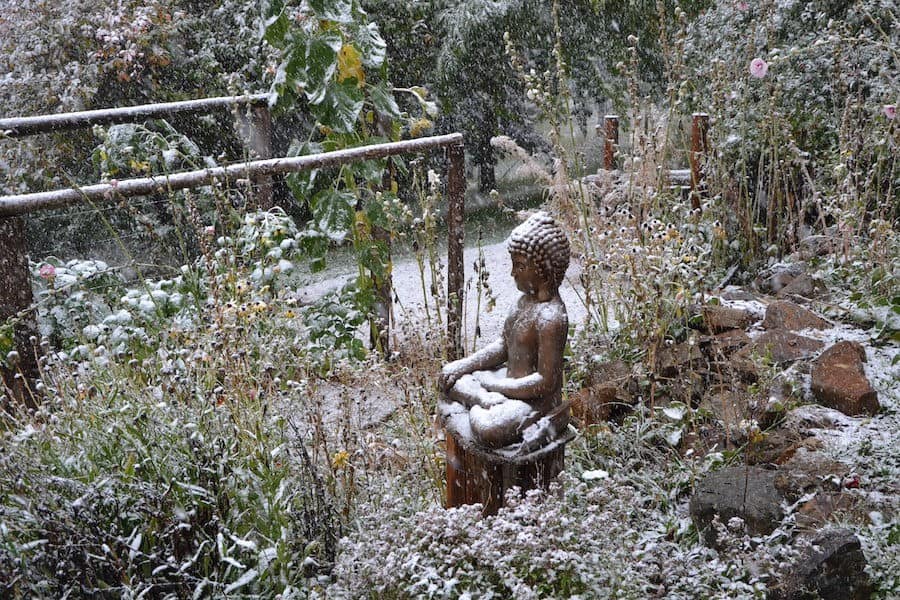Bhikshunis in Mulasarvastivada vinaya tradition?

One of two papers circulated by the Department of Religion and Culture in February, 2006, concerning the possibility of introducing the bhikshuni ordination into the Tibetan traditions.
The main topic of research at present:
Whether or not there is a way to ordain bhikshunis (gelongma) in accordance with the Mulasarvastivada vinaya tradition of Nalanda that flourished in Tibet
The agenda concerns two methods of ordaining bhikshunis that seem to conform to or stay within the vinaya tradition of Tibet.
- Ordination of bhikshunis by a sangha of only bhikshus and
- A system of dual ordination system by a sangha of bhikshu and bhikshunis.
1) Although previously the lineage of bhikshuni vows did not arise in Tibet, there are accounts in histories from the 15th century of, for instance, Bhikshuni Chuwar Rangjon Wangmo; Bhikshuni Shakya Sangmo, the mother of Shakya Chokden; Bhikshuni Choedup Palmo Tsodrung, the Dharma practitioner of Gyama; and Bhikshuni Tashi Pal, and so forth, who were ordained by a sangha of bhikshus alone.
In that manner, nowadays, nunneries in the Tibetan community are also looking into the option of restoring bhikshuni ordination by a sangha of only monks. It seems that this does not contradict the Mulasarvastivada vinaya .However, we need a decisive opinion from a body of Tibetan Vinaya masters as to whether this accords with the Mulasarvastivada vinaya..
OR:
2) According to the Mulasarvastivada vinaya, for the ordination of bhikshunis in a central place, the minimum number of sangha required is a dual sangha totalling twenty-two—ten bhikshus and 12 bhikshunis. Thus, [a possibility is to ordain Tibetan nuns newly as bhikshunis] with ten Tibetan vinaya master bhikshus and twelve bhikshunis from another vinaya tradition, giving the necessary count of a dual sangha of twenty-two, and following the ordination ritual for bhikshunis of the Mulasarvastivada vinaya. This method also seems to not contradict the Mulasarvastivada vinaya. However, we need a decisive opinion from a body of Tibetan Vinaya masters as to whether this accords with the Mulasarvastivada vinaya.
The Department of Religion and Culture will be arranging a conference of Tibetan Vinaya Masters within this year in order to facilitate the restoration or new introduction of bhikshuni ordination within the Mulasarvastivada tradition of Nalanda that flourished in Tibet, on the basis of the above two points, We have arranged books and documents relating to this matter for further discussion and inquiries.
We would thus request followers of the Mulasarvastivada vinaya that flourished in Tibet to come to a decisive opinion regarding the above two points which can be clearly communicated to an international body of Buddhist vinaya masters for final decision. As His Holiness has advised on many occasions, we believe and hope that a firm decision regarding this issue can be reached by an international forum of Buddhist vinaya masters.
The means to achieve bhikshuni ordination is something that falls within the vinaya. Hence a method for doing so can be found through thorough research into vinaya texts, which are, in a sense, the representative of Lord Buddha, being his speech. The efforts of some to find a means of bhikshuni ordination by busily going to lamas, officials, and influential persons to find support is a futile and stressful activity that will not bring about a legitimate solution to the issue.
In conclusion, the importance of a collective decision from a sangha of knowledgeable Vinaya masters is not only a theme of Vinaya scriptures, it is also been asserted by the Incomparable Lord Dipamkara (Atisha), who was skilled in all the essentials of sutra and tantra:
In India, to decide upon important or controversial issues concerning the dharma, we would convene an assembly of upholders of the Tripitaka. Having settled that it was not refuted in the Tripitaka nor contradicted by the Tripitaka, then it would be set forth and all Vinaya practitioners would abide by the decision.
In accordance with this we would hope to find a resolute course to DEVELOP A SYSTEM OF GELONGMA ORDINATION.
PROPOSED BY:
THE DEPARTMENT OF RELIGION AND CULTURE
Central Tibetan Administration of His Holiness the Dalai Lama
Gangchen Kyishong, Dharamsala
District Kangra (H.P) 176215
Dated: 15 February 2006
You can find the other paper here.


